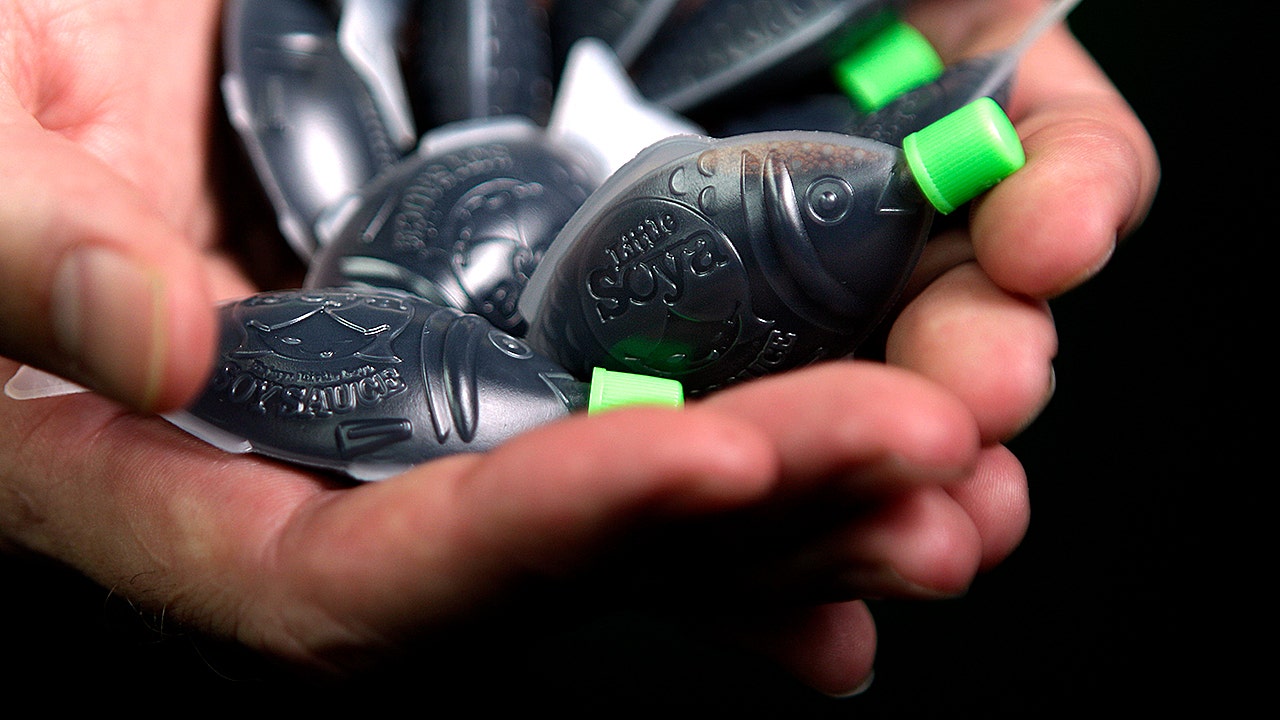Fossils usually leave us with bones turned to stone, the hard remains of creatures long gone.
But every so often, nature offers something far rarer — a glimpse of soft tissue that survived for millions of years.
Researchers examining a 520-million-year-old arthropod larva were stunned to find not just an outline of the creature, but an interior anatomy preserved with extraordinary clarity.
The specimen, they said, represents one of the most detailed looks at early animal life ever recorded.
“It’s always interesting to see what’s inside a sample using 3D imaging,” Katherine Dobson, a co-author of the study said in the press release. “But in this incredible tiny larva, natural fossilization has achieved almost perfect preservation.”
That preservation included a surprising wealth of features.
Using synchrotron X-ray tomography, the team identified a brain, “digestive glands, a primitive circulatory system and even traces of the nerves supplying the larva’s simple legs and eyes,” according to the research announcement.
Such fine-grained detail, they said, revealed that these early arthropods were far more complex than previously assumed.
Martin Smith, the study’s lead researcher, said the find matched his most ambitious hopes.
“When I used to daydream about the one fossil I’d most like to discover, I’d always be thinking of an arthropod larva, because developmental data are just so central to understanding their evolution,” Smith said in the press release.
“But larvae are so tiny and fragile, the chances of finding one fossilized are practically zero — or so I thought!” Smith said.
The preserved brain contained a structure known as the protocerebrum, which researchers traced forward through evolutionary history into the distinctive head formations that have helped arthropods flourish in nearly every environment on Earth.
Smith described his reaction upon realizing what the fossil contained.
“I already knew that this simple worm-like fossil was something special, but when I saw the amazing structures preserved under its skin, my jaw just dropped — how could these intricate features have avoided decay and still be here to see half a billion years later?”
Read the full article here















